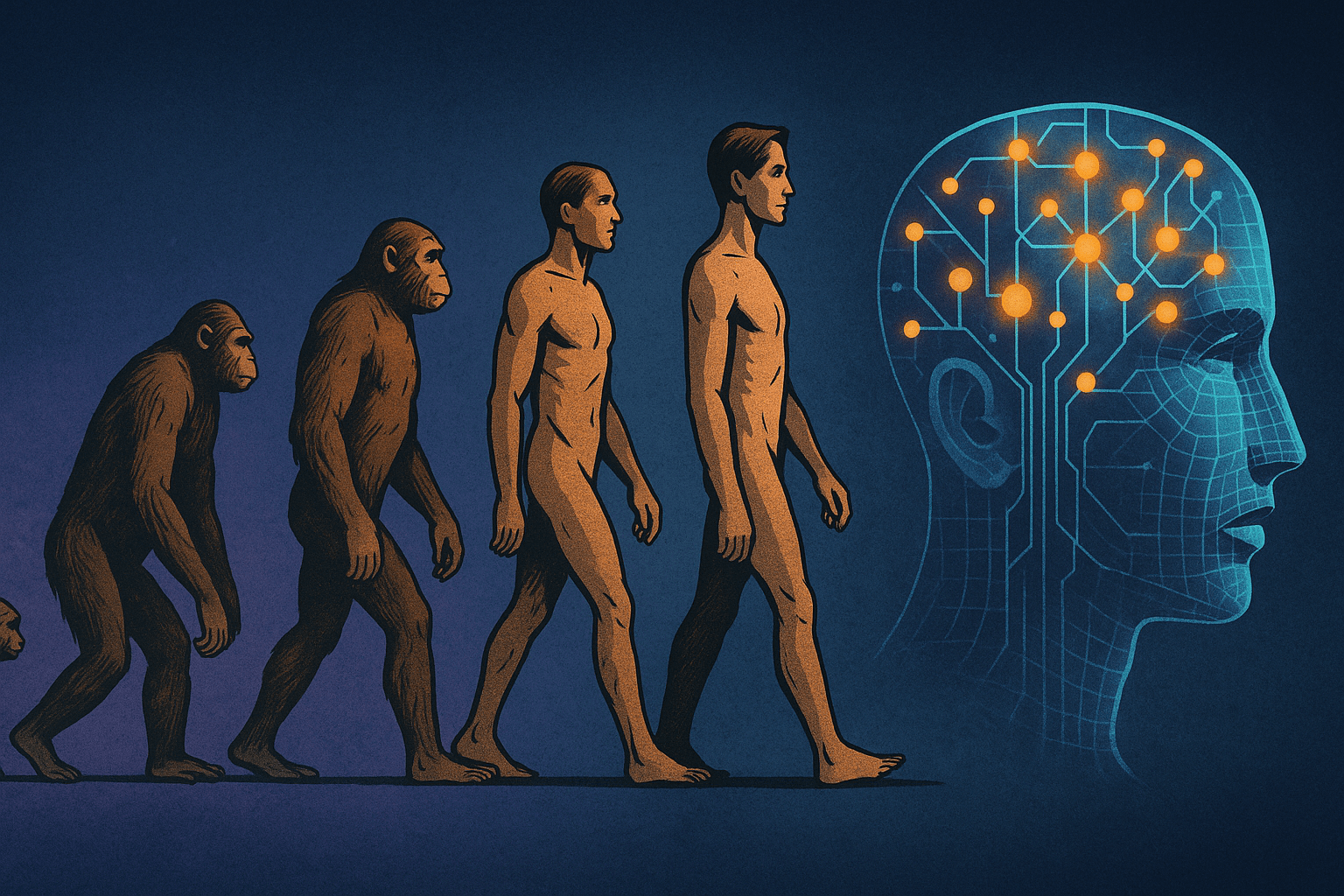
From AI to “Digital Darwin”: How Smart Machines Are Evolving Our World
Опубліковано 6 days ago • 19 • ️ 0
When Deep Blue beat Kasparov in 1997, it felt like a gimmick. But today, AI writes music, diagnoses patients, creates art — and it's only getting smarter.
In this article:
- How AI is “evolving” and why it resembles Darwin’s theory
- Why Siri isn’t conscious — but might out-consult you
- 3 myths about AI we seriously need to debunk
- Real-world cases: doctor drones, Netflix scriptwriters, farm bots
🔍 This is more than tech. It’s a new chapter of human evolution. Ready to turn the page?
Introduction: AI — Not Sci-Fi Anymore
Artificial intelligence has moved far beyond science fiction. Once imagined as humanoid robots, AI today is a system of algorithms capable of learning, reasoning, and decision-making. And it’s already here — in your phone, your security system, your bank, your hospital, and even your music app.
1. AI Evolution — Digital Darwinism in Action
AI development resembles biological evolution:
- Trial and error. Algorithms learn from data, fail, adapt — the best survive.
- Selection. Top-performing models (GPT-4, Midjourney) replace obsolete ones.
- Adaptation. AI systems constantly adapt to new languages, formats, and user needs.
This trend is now known in tech as Digital Darwinism.
2. Siri Isn’t Conscious — But She Might Outsmart You
AI doesn’t have consciousness. But it processes data at speeds beyond human capacity:
- Siri gives answers faster than Google.
- Alexa manages homes better than most people.
- ChatGPT writes pitches better than junior marketers.
It’s simulated intelligence, yet often indistinguishable from real thought.
3. Top 3 AI Myths You Should Stop Believing
Myth 1: AI wants to take over the world.
Reality: Algorithms don’t have desires or emotions.
Myth 2: AI will steal all jobs.
It transforms jobs. New roles emerge — AI operator, model trainer, ethics engineer.
Myth 3: AI is just one program.
It’s a family of tools — from simple rule-based bots to deep learning systems.
4. Real-World Use Cases: From Drone Doctors to Netflix Writers
- Drone doctors: In Rwanda, drones deliver blood to remote villages, with AI predicting where demand is rising.
- Netflix writers: AI analyzes viewing data to suggest which storylines viewers love most.
- Farm chatbots: In India, farmers send plant photos to a bot that recommends treatment based on ML analysis.
Conclusion: Don’t Fear AI — Learn It
AI is not an enemy. It’s a tool. And in the hands of those who understand it, it can improve the world.
We’re not losing control — we’re shaping a new civilization where intelligence is both biological and algorithmic.
